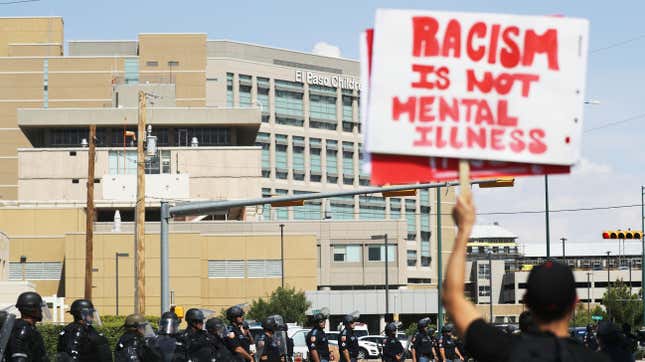The Impossible Task of Predicting a Shooting
Latest

By now, mass shooters have a distinct profile in the collective imagination and the eyes of the state: They are usually men, they are often white, nearly half are suicidal. An inordinate number have been the perpetrators of domestic abuse. Many purchase at least one weapon to carry out their plan. They leave behind horrific afterimages: Manifestos on 4chan and Tumblr, direct-message evidence of the days- or years-long preparation for their acts. In the weeks after a shooting, the grim records of an echo chamber almost always leak out. In retrospect, it all looks inevitable, like someone really should have known.
It’s this latter idea—that the telling details left in the aftermath of mass violence amount to an predictive pattern—that probably inspired the Trump administration to direct the Department of Defense “to work in partnership with local state and federal agencies, as well as social-media companies, to develop tools that can detect mass shooters before they strike,” as President Trump said at a press conference on Monday. (It was also a convenient attempt to side-step the ways a recent shooter had invoked the administration’s language of “invasion” to justify his racist acts.) This point, that predictive tools can prevent violence, is of course, an absurd idea, not least of all because it calls on companies who can’t even consistently ban Nazis to conjure some algorithmic magic that will, theoretically, identify the bad guys and deliver them directly into the hands of the FBI.
The problem this is supposed to be addressing is pressing, and there are few politically viable solutions in sight: Since last Sunday, active shooters have claimed at least 31 lives. On Monday, Uruguay’s foreign minister released a statement warning the country’s citizens “to take precautions against growing indiscriminate violence, mostly for hate crimes, including racism and discrimination” when visiting the U.S. His is the third country to issue such a warning this month.
In the vacuum where we might have gun-control laws, instead, the push for online surveillance has grown
But such predictive policing is an easy sleight of hand, in a country that has so far failed to kneecap the single simple material transitions—easy access to weapons—that fuel these shootings. In the vacuum where we might have gun-control laws, instead, the push for online surveillance has grown, winding the clock back from the moment a gun is purchased to the first time someone posts about buying a gun online. With enough cops and informants and infiltrators, this thinking goes, there would be fewer shooters; even better if those cops and informants and infiltrators could be abstracted into machines. None of which addresses the companies refusing to moderate hate speech on their platforms out of profit motive. Or the money that’s kept legislators from effectively regulating the tools used to carry out violent acts.
-

-

-

-

-

-

-

-

-

-

-

-

-

-

-

-

-

-

-

-

-

-

-

-

-

-

-

-

-

-

-

-

-

-

-

-

-

-

-

-








































